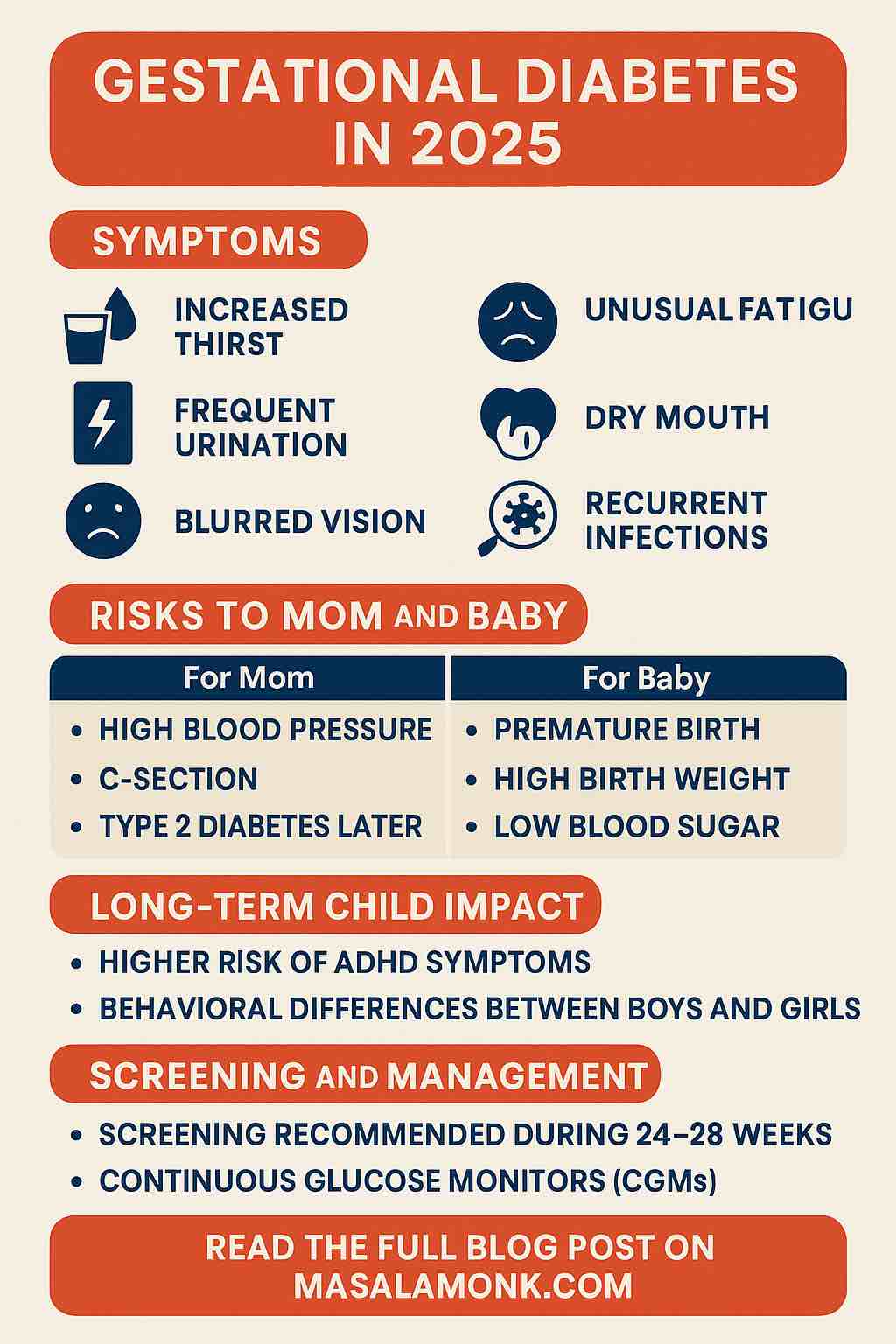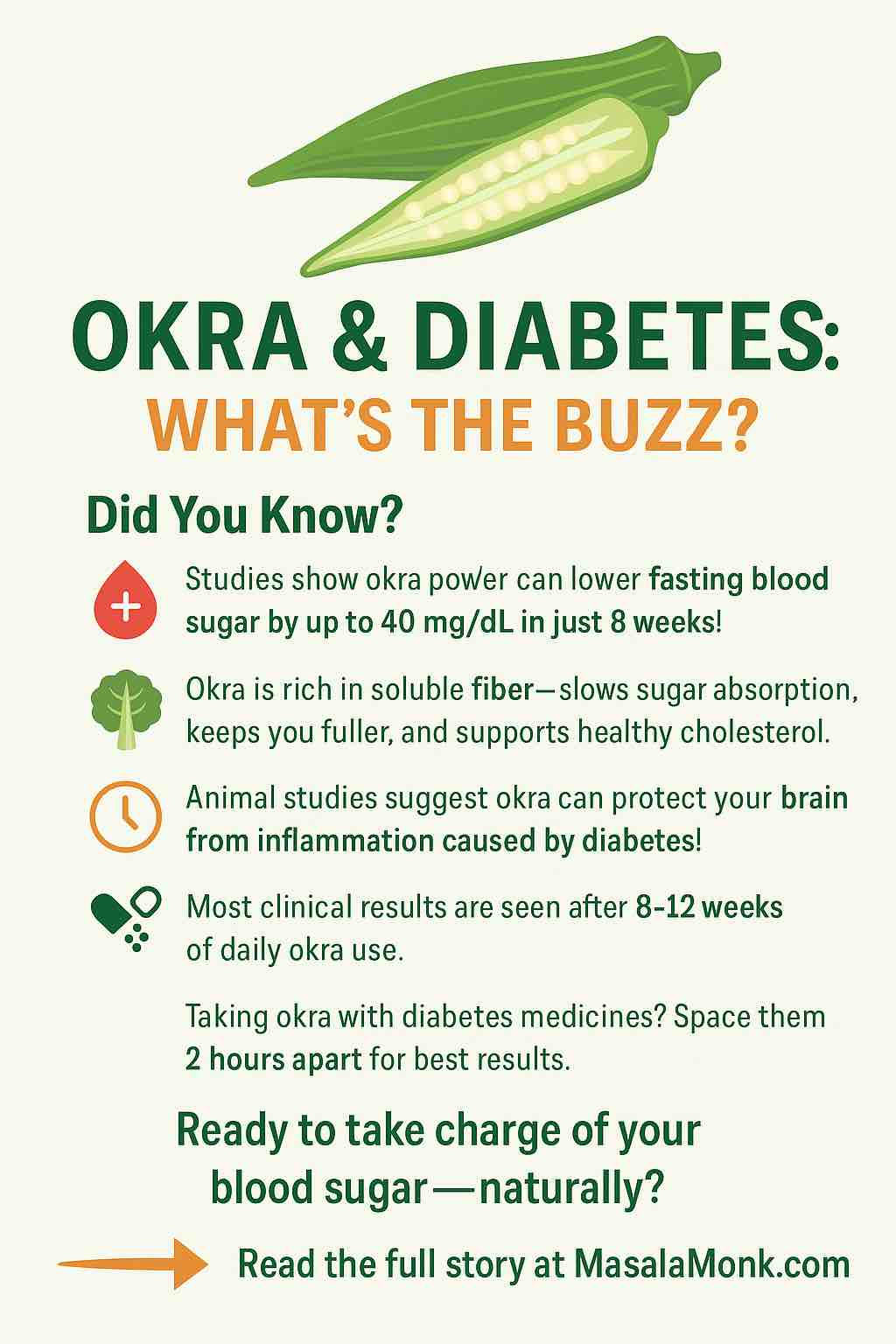
2025 CGM Showdown: Dexcom G7 vs Libre 3 vs Sibionics GS1
Continuous Glucose Monitoring (CGM) has transformed diabetes management from a finger-pricking chore into a real-time data-driven science. In 2025, three standout CGM systems—Dexcom G7, Abbott FreeStyle Libre 3 (and Libre 3 Plus), and Sibionics GS1—are competing fiercely for user preference. But which one truly fits your lifestyle, health needs, and budget?
This blog post breaks down the latest data, clinical research, regulatory milestones, and real-world feedback to help you make an informed decision. Whether you’re tech-savvy, cost-conscious, or simply looking for convenience and safety, we’ve got you covered with deep analysis and practical observations.
🌟 Quick Snapshot: 2025 CGM Landscape
| CGM System | MARD (Adults) | Hypo Detection | Wear Time | Warm-up & Dosing | Alerts | Integrations | Avg Cost (Insured) |
|---|---|---|---|---|---|---|---|
| Dexcom G7 (15d) | ~8.2% | ~80% | 15d + 12h grace | ~30 min, dose @ ~11.5h | Predictive, custom | Pumps, Apple Watch, AID | ~$89/mo |
| Libre 3 / 3 Plus | ~9.2% | ~73% | 14-15d, no grace | ~60 min, dose @ ~12h | Basic threshold only | Some (iLet), no Apple Watch | ~$40/mo |
| Sibionics GS1 | ~8.83% (high), ~15% in low BG | <70% | 14d, no grace | Not specified | Real-time, fewer options | Remote view only | Region-dependent |
🎯 Accuracy Matters: MARD & Hypo Detection
Dexcom G7 stands out as the most accurate CGM in 2025. With a MARD of ~8.2%, it is FDA-cleared for non-adjunctive insulin dosing and includes performance consistency even during hypoglycemia. Its predictive alert engine and rapid sensor response provide an added layer of safety, especially for users with Type 1 diabetes or those using insulin pumps.
Libre 3, while offering a competitive MARD of ~9.2%, tends to underperform slightly in hypoglycemic range detection. However, its real-world readings are remarkably stable and minute-by-minute data gives a higher-resolution glucose trend. Recent studies suggest that Libre 3 performs more consistently during the first 12 hours compared to Dexcom G7, which may have a slight accuracy dip during initial use.
Sibionics GS1, the latest entrant, impresses with a MARD of ~8.83%. However, deeper analysis reveals a concerning ~15% error margin during low-glucose episodes. While it performs well under stable glycemic conditions, it may not be ideal for users at risk of hypoglycemia. This makes it more suitable for Type 2 diabetes users or those using CGM for lifestyle and trend insights rather than critical insulin decision-making.
⏱️ Sensor Wear & Warm-up Times
Dexcom G7 has made a big leap in usability with the 15-day wear time and a 12-hour grace period. This is a major advantage for users who dislike frequent sensor changes. Its 30-minute warm-up is the fastest in the CGM market and provides rapid transition to real-time data collection.
Libre 3 and Libre 3 Plus offer up to 15 days of wear but come without a grace window, which can be disruptive for users needing to maintain continuity in glucose monitoring. Its 60-minute warm-up is longer, and while users can start seeing data sooner, the ability to make insulin dosing decisions is delayed by nearly 12 hours post-insertion.
Sibionics GS1 offers a full 14-day wear time and is factory-calibrated with no fingersticks. However, the lack of published warm-up and grace time data is a downside. User reports suggest that the sensor stabilizes quickly, but further clinical validation is required. In terms of waterproofing, GS1 is rated for immersion up to 1 meter for 1 hour, similar to Dexcom and Libre.
🚨 Alerts, Alarms, and App Functionality
Dexcom G7’s alert system is the most advanced among the three. It includes:
- “Urgent Low Soon” predictive alert
- Custom delay-first-high notification
- Dual alert profiles (e.g., exercise vs sleep)
- Mute/vibrate override
- Seamless Apple Watch streaming without a phone
Libre 3 includes basic alerts:
- Mandatory urgent low glucose alert
- Optional high/low threshold alerts
However, it lacks predictive notifications, which can be critical for preemptive action in rapidly changing glucose trends. Libre’s app is clean and user-friendly, but is limited in terms of integration and customizability.
Sibionics GS1 offers real-time updates and remote sharing, making it suitable for caregivers. However, it does not currently support customizable or predictive alerting. The app interface is functional and allows for AGP (Ambulatory Glucose Profile) reporting but lacks integrations with wearables or third-party platforms.
⚙️ Real-World Integration & Compatibility
Dexcom G7 is the undisputed leader in terms of ecosystem integration. It connects with:
- Omnipod 5 (fully automated insulin delivery)
- Tandem t:slim X2 (Control-IQ algorithm)
- Beta Bionics iLet (bi-hormonal AID system)
- Direct-to-watch streaming
- Apple Health & third-party fitness apps
Libre 3 Plus has made strides by integrating with the iLet system, but still lacks broader compatibility. Abbott is working toward broader AID inclusion but hasn’t matched Dexcom’s ecosystem reach yet.
Sibionics GS1 is still developing its integration strategy. It is a standalone CGM, without current support for insulin pumps or closed-loop systems. It’s ideal for users who want passive glucose tracking and trend insight rather than automated insulin control.
💰 Affordability & Accessibility
- Dexcom G7 pricing has improved with programs like Simple Start (~$89/month) and expanded insurance coverage. It’s still premium-priced but often covered for Type 1 and insulin-using Type 2 patients.
- Libre 3 remains the most affordable CGM, especially with Abbott’s pricing structure and global reach. In many countries, it’s free for users with government or private insurance. Out-of-pocket costs are significantly lower (~$40/month).
- Sibionics GS1 targets cost-sensitive markets like China, UAE, and parts of Southeast Asia. While not yet FDA-approved, it is CE-marked and available for direct purchase online. It offers a viable low-cost alternative but lacks institutional insurance backing in most Western countries.
🔍 2025 Clinical & Regulatory Milestones
- Dexcom G7: Gained 15-day FDA clearance in March 2024, extending wear and improving MARD to 8.0%. Widely available in US/EU, with real-world MARD validated across various age groups.
- Libre 3 Plus: Expanded availability in EU and select US states. Clinical trials ongoing for broader AID compatibility. Studies show early-day stability is better than Dexcom G7.
- Sibionics GS1: Gained CE-mark in 2023, and UAE approval in 2024. Multi-center trial results published, but limited performance data for hypoglycemia. MARD values promising, but needs stronger low-glucose validation.
🤔 So, Which One Is Right for You?
Choose Dexcom G7 if:
- You require integration with an insulin pump or closed-loop system.
- You rely on predictive alerts to avoid lows or highs.
- You value advanced app features and wearable syncing.
Choose Libre 3 / 3 Plus if:
- You are cost-conscious and value ease of use.
- You’re comfortable with fewer alert customizations.
- You want a minimal, slim sensor with automatic data sync.
Choose Sibionics GS1 if:
- You live in a region where it is supported (e.g., China, UAE).
- You are a Type 2 or stable Type 1 user not prone to hypoglycemia.
- You’re seeking a low-cost, factory-calibrated CGM with basic functionality.
✅ Final Thoughts
In 2025, CGM systems are smarter, more accessible, and more personalized than ever. Dexcom G7 leads in precision, safety, and ecosystem depth. Libre 3 offers an excellent middle ground for cost and performance. Sibionics GS1 brings new competition to emerging markets but may need more time to build trust in critical scenarios.
Whichever CGM you choose, ensure it aligns with your clinical needs, lifestyle preferences, and regional availability. Don’t hesitate to consult your endocrinologist for guidance.
Stay empowered. Stay connected. Stay in control.
📚 Frequently Asked Questions (FAQs)
1. What is the most accurate CGM available in 2025?
Dexcom G7 currently leads in accuracy, especially in hypoglycemic ranges, with a MARD of ~8.2% and even lower (~8.0%) in its new 15-day version.
2. Which CGM is the most affordable?
Libre 3 / 3 Plus is the most budget-friendly option, with an average insured cost of ~$40/month. It’s widely accessible and often fully covered by public insurance in many countries.
3. Can I use Sibionics GS1 with an insulin pump?
No, Sibionics GS1 is currently not compatible with insulin pumps or closed-loop systems. It functions as a standalone CGM for manual glucose monitoring.
4. How long can each CGM be worn?
- Dexcom G7: 15 days + 12-hour grace period
- Libre 3/3 Plus: 14–15 days (no grace period)
- Sibionics GS1: 14 days (no published grace period)
5. Which CGMs support predictive low glucose alerts?
Only Dexcom G7 supports predictive alerts like “Urgent Low Soon,” which notify users before a hypoglycemic event occurs.
6. Are these CGMs approved for non-adjunctive insulin dosing?
Yes, both Dexcom G7 and Libre 3/3 Plus are FDA-approved for insulin dosing. Sibionics GS1 has CE-mark but lacks FDA clearance and insulin dosing approval.
7. Which CGM is best for smartwatch integration?
Dexcom G7 allows direct data streaming to Apple Watch without needing your phone. Libre and Sibionics do not currently support smartwatch connectivity.
8. How long do I need to wait before using a CGM for dosing after inserting it?
- Dexcom G7: ~11.5 hours after insertion
- Libre 3: ~12 hours
- Sibionics GS1: No clear guideline published; likely longer due to warm-up variability
9. Is there a CGM suitable for non-insulin users or those with Type 2 diabetes?
Yes, Libre 3 and Sibionics GS1 are excellent options for Type 2 or lifestyle monitoring. Dexcom G7 is ideal for insulin users but also supports Type 2 monitoring.
10. Where is Sibionics GS1 available?
As of 2025, it is available in China, UAE, and some parts of Europe. It’s CE-marked but not FDA-approved, so availability is limited in North America.













